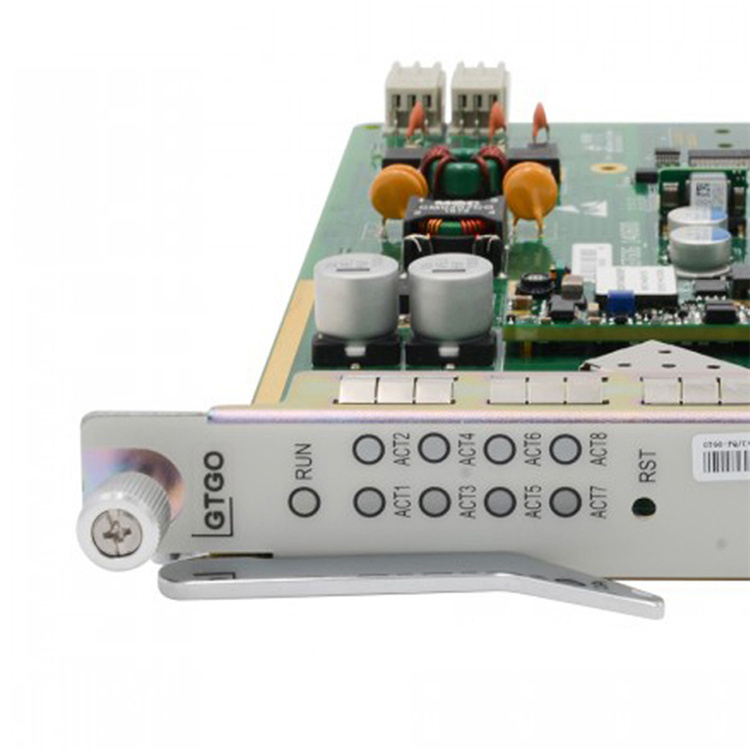The ZTE SMXA/5 A51 Main Control Board is a crucial component designed for the ZXA10 C320 OLT (Optical Line Terminal), which is part of ZTE's extensive range of telecommunications equipment. This control board plays a pivotal role in managing the operations of the OLT, ensuring the smooth functioning of the network. Here's a concise introduction to the key attributes and model specification parameters of the ZTE SMXA/5 A51 Main Control Board:
1. Compatibility: Specifically designed for the ZXA10 C320 OLT, ensuring seamless integration and operation with the existing infrastructure.
2. Functionality: Acts as the central processing unit for the OLT, managing data transmission, signal processing, and network management tasks.
3. Performance: High performance components ensure reliable and efficient operation, crucial for maintaining the integrity of the network.
4. Reliability: Built with robust materials and engineering to withstand the rigors of continuous operation in various environmental conditions.
5. Upgradability: Designed with future proofing in mind, allowing for easy upgrades and integration with advanced technologies as they become available.
6. Interface: Provides multiple interfaces for connectivity, including Ethernet, PON (Passive Optical Network), and possibly others, depending on the specific model.
7. Power Efficiency: Optimized to consume minimal power while delivering maximum performance, reducing overall energy costs.
8. Safety: Incorporates safety features to protect against electrical surges, overheating, and other potential hazards.
9. Support: Comes with comprehensive support from ZTE, including technical assistance and firmware updates to ensure ongoing compatibility and performance.
10. Certifications: Meets industry standards and certifications for telecommunications equipment, ensuring compliance with global telecommunication regulations.
In summary, the ZTE SMXA/5 A51 Main Control Board is an essential component for the ZXA10 C320 OLT, offering a blend of high performance, reliability, and compatibility. It is designed to meet the demands of modern telecommunications networks, providing a solid foundation for data transmission and network management.







